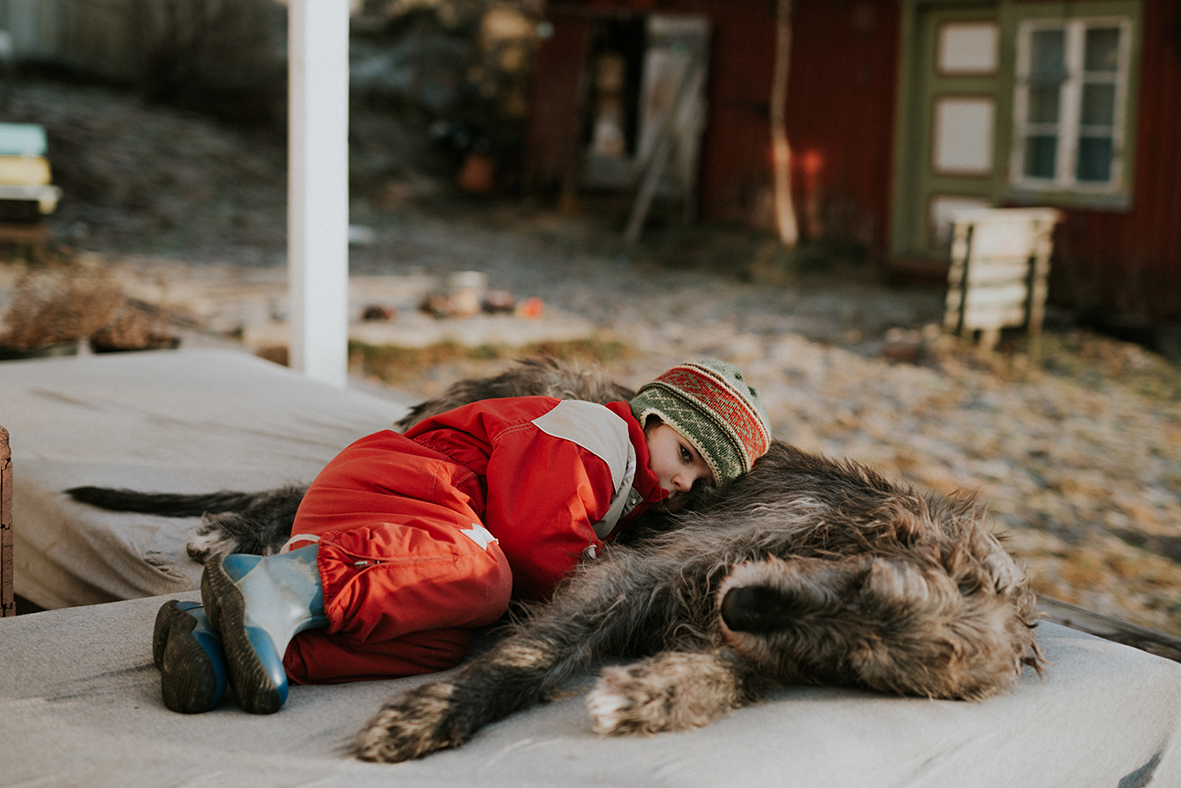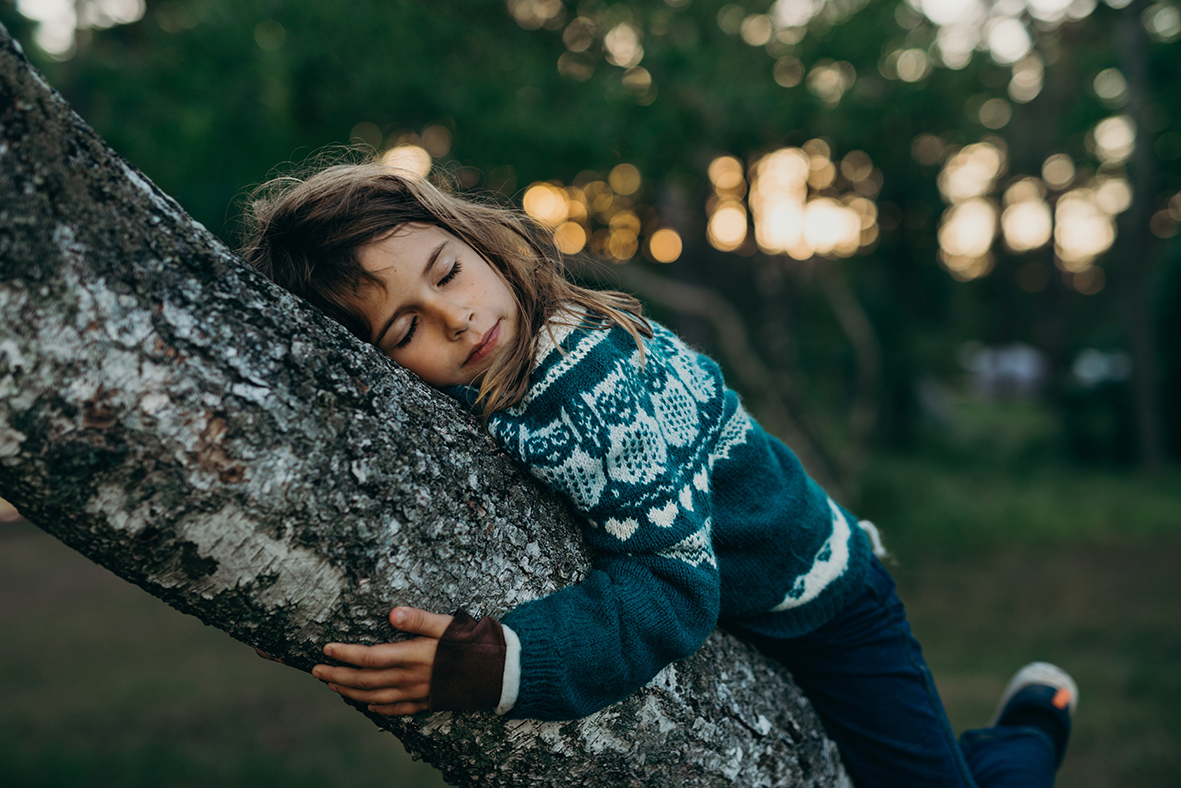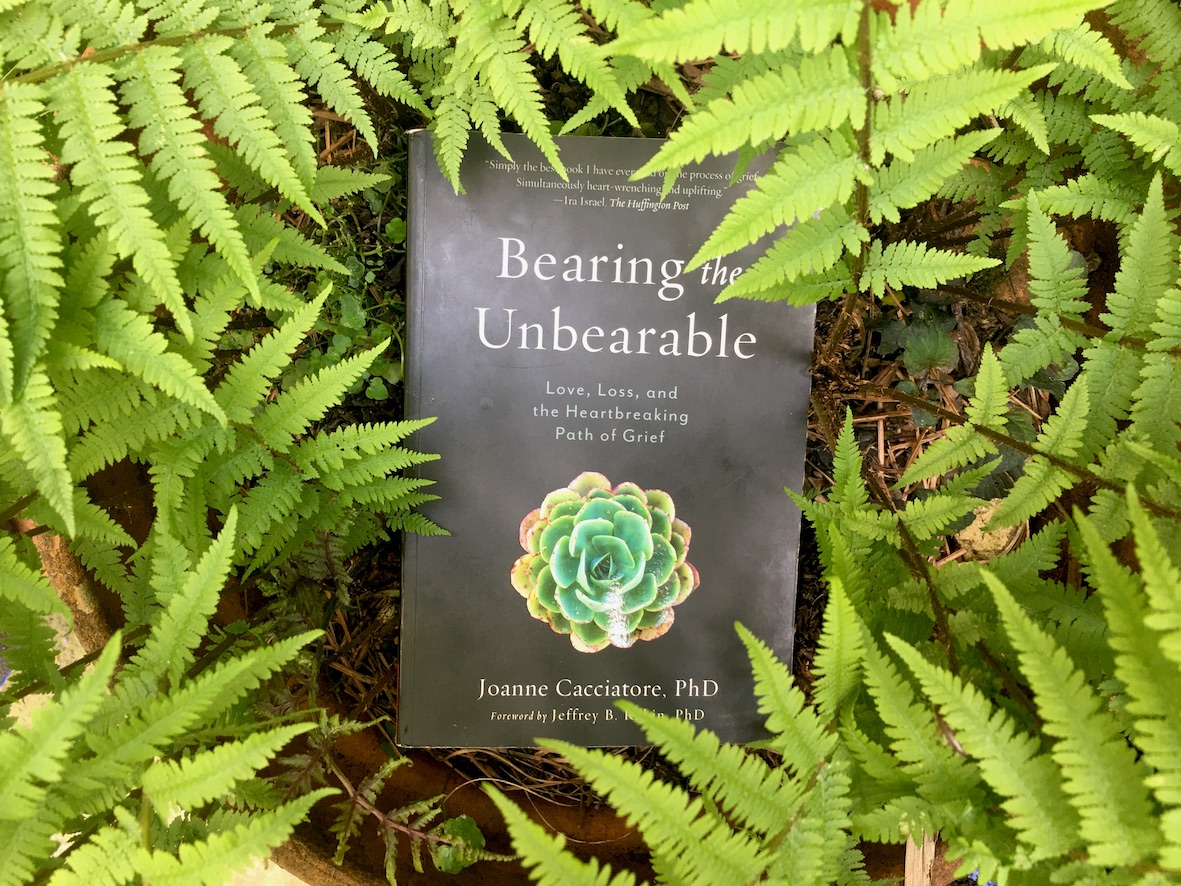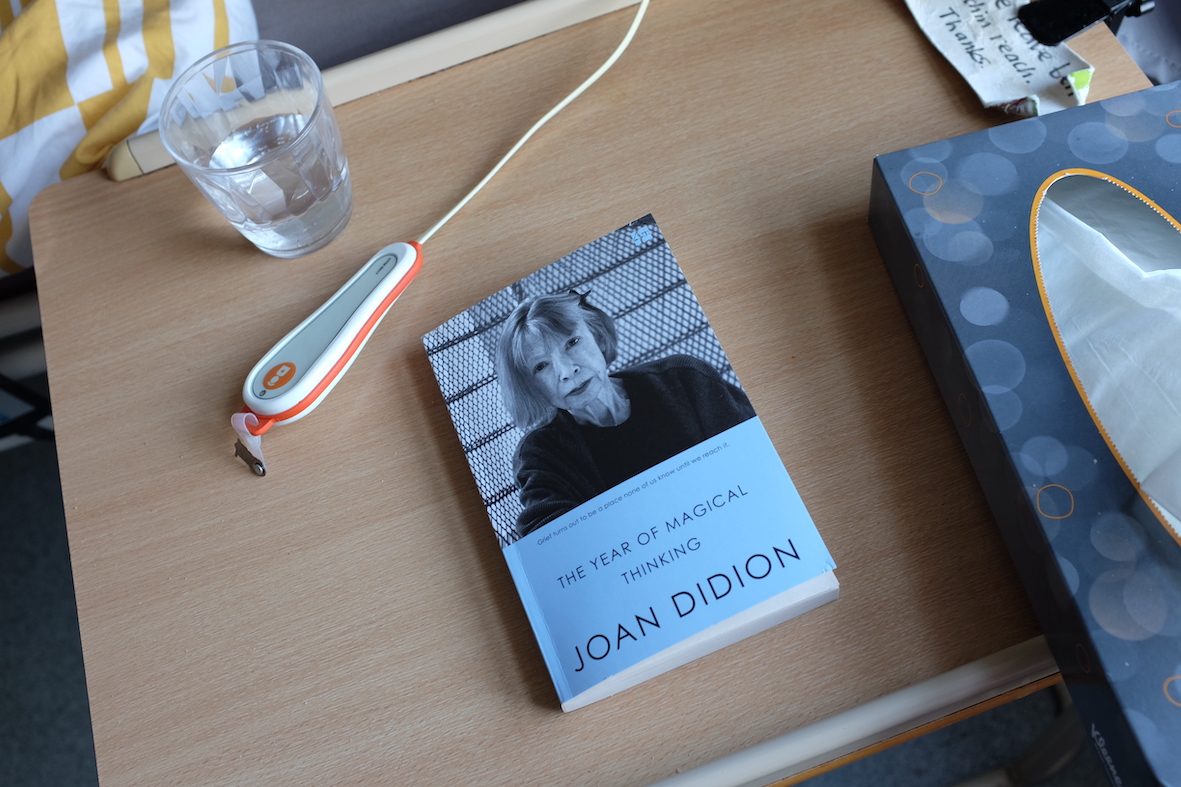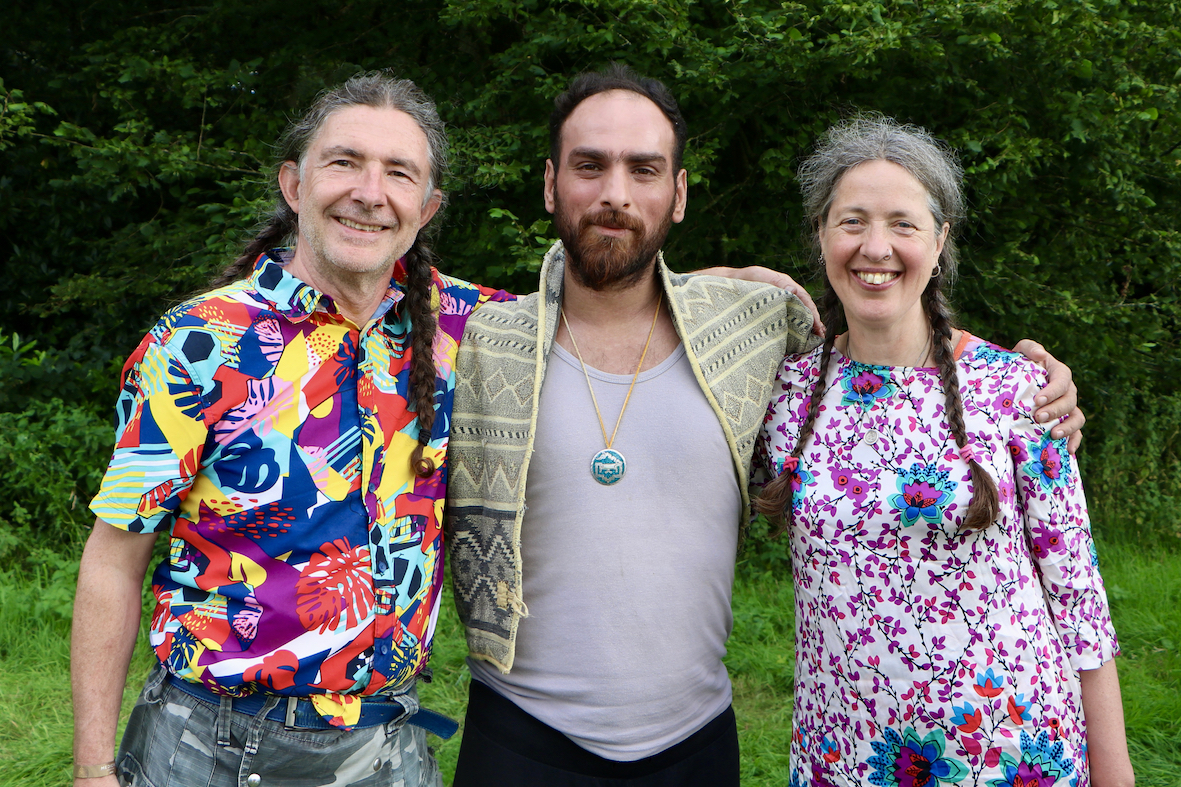Posted at 17:12h
in
Articles,
Book Reviews
by admin

At different times in our grief journey we may reach for a book about grief. But which are the best books to bring comfort for different life challenges? The right book at the right time can offer a life-line in the bewildering mix of feelings and circumstances that grief is made up of. Through reading the words of others, we may find solace, and the recognition that we are not alone with grief.
Here are some of my favourite books on grief, in its widest context. Many have accompanied me at times of need and in relation to Anticipatory Grief, in preparation for times to come. There’s even a word for looking for support from a book – ‘bibliotherapy’.
I’m going to use Francis Weller’s ‘Gates of Grief’ in this article as a way into the landscape of grief. As a starting point to feel into, each gate opens wide into many sources of grief. Which are the best grief books for each situation? With each Gate I suggest books that might be relevant.
ALL THAT WE LOVE WE WILL LOSE
(Francis Weller’s 1st Gate of Grief)
Best Books for Grieving and Need Help Now
If you are in acute grief and can’t concentrate long enough to get to the next paragraph, let alone read a book, but are willing to try some simple exercises, jump to Part 2 of ‘Tending Grief’ by Camille Sapara Barton. This section is a toolkit of supportive grief practices and rituals.
Quote: “These grief spaces will enable us to make generative connections between our own lives, our ancestors, and the stories of the lands we inhabit or are ancestrally connected to. We will all have space in the community to be with our sorrow and be embraced with tenderness.”
If you can’t cope with doing a five-minute exercise, or concentrate at all, ‘The Grief Book’ is a little treasure trove of bite size pieces of information and coping strategies, to take in small steps.
Quote: “Everybody’s grief is unique. However you have reacted so far is fine, it’s how you needed to be. There is no one correct way to grieve. There are as many different ways to grieve, as there are people grieving.”
Best Books for Understanding Grief
If you or someone you know is grieving, and you want to find your way around the territory, ‘The Wild Edge of Sorrow’ is an excellent guide. Francis Weller describes the many different reasons we may grieve. It offers a way to navigate the complex and intertwined sources of grief. And it provides a framework for collective grief rituals, which can help us to make sense of it all. It is written in beautiful language which speaks to the soul. Francis Weller provides a series of ‘Gates of Grief’ which may resonate with you personally, or in a messy tangle of inter-weaving reasons to grieve.
Quote:“Grief and love are sisters, woven together from the beginning. Their kinship reminds us that there is no love that does not contain loss and no loss that is not a reminder of the love we carry for what we once held close.”
This book brings a rich mix of deep wisdom that is anchored in the stories of those who have experienced traumatic grief. The death of Joanne Cacciatore’s new born daughter was her doorway into the exploration of suffering through loss. ‘Bearing the Unbearable’ does not sweeten the pill of needing to pause and be with grief, but does so with compassion. Short digestible chapters build up an understanding of grief. While Joanne Cacciatore focuses on the death of a loved one, she also recognises the threat that unprocessed grief poses in our communities and societies.
Quote: “When we love deeply, we mourn deeply; extraordinary grief is an expression of extraordinary love. Grief and love mirror each other; one is not possible without the other.”
Best Book for Coping With the Loss of A Loved One
If you have lost someone dear to you – whether family member, close friend or beloved pet, this is a practical guide to personal loss. Megan Devine brings an understanding of the grief-phobic culture you are likely experiencing that loss in. There is an invitation to the reader to approach and use the chapters in any order. It is brilliant and helpful. There is also a fantastic section about what to say and how to be with someone who is grieving.
Quote: “The reality of grief is far different from what others see from the outside. There is pain in this world that you can’t be cheered out of. You don’t need solutions. You don’t need to move on from your grief. You need someone to see your grief, to acknowledge it. You need someone to hold your hands while you stand there in blinking horror, staring at the hole that was your life. Some things cannot be fixed. They can only be carried.”
THE PLACES THAT DID NOT RECEIVE LOVE
(Francis Weller’s 2nd Gate of Grief)
Best Book for Coping with the Legacy of Unmet Needs
Kristin Neff describes the science behind why self-compassion is a powerful strategy, and how to put it into practice. This book has a simple message told in detail. It doesn’t have a grief focus; but in working with grief of all kinds, self-compassion is a simple and effective tool. In the absence of care for all parts of ourselves, and faced with expectations that are impossible to meet, we may have a fierce critical voice inside us. The legacy of neglect or an absence of support is often a sense that ‘it’s my fault’. The many ways this internalised voice gives us a hard time, can be gently re-oriented with self-compassion. There are some guided exercises to help practice self-compassion, if reading a whole book feels unmanageable.
Quote: “When we consistently give ourselves nurturance and understanding, we also come to feel worthy of care and acceptance. When we give ourselves empathy and support, we learn to trust that help is always at hand. When we wrap ourselves in the warm embrace of self-kindness, we feel safe and secure.”
Best Book for Processing the Grief of Childhood Trauma
Shame is a feeling that is entangled with relationships, with how others see us. If we did not receive the loving care and attention that we deserved as children, or as adults, grief for the places in us that weren’t loved may be coupled with shame. Carolyn Spring is a survivor and guide for those who have experienced abusive or coercive behaviour, which can leave us with a feeling of unworthiness that may be internalised as toxic shame. In a culture where grief is not welcomed, shame may also be entangled with the way we grieve. Self-kindness is one of the most important needs when working with painful feelings.
Quote: “There’s all this stuff – the trauma, the abuse, the stuff that happened to me – and it’s messed my life up, but I mustn’t tell anyone or talk about it or refer to it or be affected by it, because it’s too much. No one wants to hear it. No one wants to know about it. .No one wants to feel it. So I have to hide it and hide it, and I have to push it away deep down within myself, so that no one can see. But it doesn’t go away and it doesn’t stop affecting me and it’s all too much…”
THE SORROWS OF THE WORLD
(Francis Weller’s 3rd Gate of Grief)
Best Books for the Impact of Grief for Our World
In the first part of the book, Barton introduces the practice of Grief Tending. Barton shows how the consequences of untended grief create further harms. The consequences are loaded against those who have less power or have experienced marginalisation. It is necessary to recognise the political, social, and cultural contexts that loss and trauma happen in. Tending our own grief – especially in groups is a route to find balance, restoration and resilience in the face of suffering and injustice. This is an act of community benefit, and not just for our personal development. Tending grief is a form of activism. It is needed as a balance to action in social justice movements. It may help us to face the fear and anger of anticipatory grief in relation to climate change, violence, oppression and systems of harm.
Quote: “As counterintuitive as it feels, embracing grief in agreed-upon containers would bring so many treasures to this work. When we set down what is too heavy to carry, it creates more space to think in a flexible way, to orient from a place of love rooted in what we care about and how we wish to operate in integrity. Tending grief can support us to feel more choice and support us to resolve conflicts, build trust, and engage in somatic transformation as a group – changing ways of being that have become automatic.”
Earth Grief invites us to face what is happening in our home planet, and to us as part of nature. Stephen Harrod Buhner places responsibility and accountability squarely on the shoulders of the polluters and extractors, rather than holding personal guilt. For me, his love and connection with the natural world help me to acknowledge what is happening, and to sit with the discomfort of this a little more comfortably. The overwhelm and disconnection are part of my coping strategies, and yet he calls on us to keep feeling.
Quote: “Astonishingly enough, the decision to turn the face to the source of the pain and grief, to fully embrace it, stimulates, over time, the emergence of the form of Earth work that is uniquely yours to do: work that comes from your essential genius, the work you were born to do, the work that Earth needs you and only you to do.”
How do we begin to include collective endings? Coming to terms with the times we live in can be too overwhelming to begin to contemplate. Vanessa Andreotti is clear that if we really feel the myriad ways in which modern life is failing humanity, we will have to come to terms with the difficult feelings that may be unleashed. Andreotti illuminates the inter-relationships between systems of oppression, social injustices and extractive, exploitative businesses. She urges us to face the systems we are part of in order to understand and change our mode of engagement. For me, there is relief in this unflinching look at the consequences of current complexities, with an awareness of the differences between those in high or low intensity struggles. Understanding Andreotti’s world view may be a first step in engaging with grassroots, indigenous perspectives and finding ways to honour the more-than-human-world in our human struggle.
Quote: “The basic premise of the methodology is that if we cannot hold space for the complexities within us, there is no chance for us to hold space for the complexities around us.”
WHAT WE EXPECTED AND DID NOT RECEIVE
(Francis Weller’s 4th Gate of Grief)
Best Book that Recognises the Longing for Belonging
Malidoma Somé’s powerful memoir is about life in his Dagara village in Burkino Faso in Africa, that is undergoing changes brought about by colonisation. He experiences both a deep connection with his ancestral lineage, and a separation through his education in a Jesuit school. What ensues in an exploration of what happens in the absence of initiation, and the importance of connection with elders and ancestors. Documenting a society in flux both describes what our nervous systems have been designed to expect, and what happens when the lines of culture, tradition and care are broken.
Quote: “Wealth (among the Dagara) is determined not by how many things you have, but by how many people you have around you.”
Best Book for the Grief of Broken Hopes and Dreams
‘Billy, Me & You’ by Nicola Streeten
A brilliant graphic novel that tells the story of the grief and recovery from the death of her child in drawings. Billy died at 2, and this memoir was drawn several years later, based on the diary Nicola Streeten made at the time. It is full of the sad, annoying, odd things that happen in a grieving family. It includes the raw, but also observes the particulars of how the death of a child was handled by those around the family. I love the details about behaviours and biscuits that bring it to life and make it so relatable. It is both funny and real.
Quote: “This daily crying was a psychological necessity, like a bowel movement. But I was terrified by the surrounding taboo – the social limits to the display of grief and the involuntary judgements of others. At the same time I knew I would lose my mind if I bottled up such intense pain.”
Best Books When Facing Death and Dying
Wendy Mitchell is a great guide to the options and decisions around end of life. She was diagnosed with early onset dementia, and became an advocate for the disease. Agency and choice are key guiding principles as she faces her own end of life. With family and medical professionals, she systematically explores her options in a frank, and friendly manner. This is the last of three books in which she explores focussing on living and what she is able to do despite having dementia. Highly recommended as inspiration for living fully and putting your affairs in order.
Quote: “I am not trying to tell you how death must be done, or how it should feel for you. I just want to gently remind you that one day it will come, and the more prepared you are, the more conversations you are able to have with medical professionals and with those you love, the more empowered you will feel to live in the now – and you don’t need a progressive or terminal illness to do that.”
Cancer diagnosis and treatment have changed hugely since this was first published in 1991, but it remains one of my favourite books on facing illness. Essentially, it is a love story, written between and through Ken Wilber and his wife Treya; two eloquent people each with their own spiritual and creative practices. Grief is intimately entwined with love, as its shadow twin. In addition to being a story about being or caring for someone with cancer, ‘Grace and Grit’ also offers an examination of the judgements and blame that may be ascribed to someone already dealing with the facts and physical consequences of illness. The authors examine the cultural meanings of the ‘sickness’ as seen by both orthodox and alternative medical perspectives. The book is also part mystical dive into the relationship between spirituality and mortality.
Quote: “The thought of losing her was unbearable. The only recourse I had was to try to stay in the awareness of impermanence, where you love things precisely because they are fleeting. I was slowly learning that love did not mean holding on, which I had always thought, but rather letting go.”
ANCESTRAL GRIEF
(Francis Weller’s 5th Gate of Grief)
Best Books on Digesting Intergenerational Grief
Martin Prechtel describes how undigested grief is carried down through generations. He shares his own experiences and brings indigenous wisdom from the Mayan Tz’utujil people of Guatemala, he calls for rituals and practices that process untended grief. His words weave magic in appreciation of the wild, deep, wonder of the world.
Quote: “When you have two centuries of people who have not properly grieved the things that they have lost, the grief shows up as ghosts that inhabit their grandchildren.”
Thomas Hübl recognises that collective trauma needs to be transformed in collective spaces. In this book he brings together the theories that help to understand how collective trauma is formed – through group experiences that impact whole communities. He describes the ways in which unresolved past suffering of traumatised persons is carried between generations. He also examines ways in which we may begin to attune and witness in group processes in order to begin the work of systemic healing. In a world where violence, war and oppression are rife, ongoing intergenerational trauma requires understanding and a willingness to do the deep work of healing together.
Quote: “Explicit traumas may injure the current function and ongoing development of individuals, while the enduring and implicit effects of trauma across individuals generate a vibration of suffering within a culture. This tapestry becomes a wavefield of collective trauma, and every human culture expresses pockets of generational trauma.”
THE HARMS I HAVE CAUSED MYSELF AND OTHERS
(Additional Gate from Sophy Banks and Azul Thomé)
Best Books on the Grief I Have Caused
Addictions may be a manifestation of ways in which we harm ourselves and others. Our accommodations that created protective defences may be maladaptive in our current life circumstances; but were much needed protectors at times in our lives when there was more stress or trauma than we could cope with. If adverse childhood experiences were a part of your development, you may resonate with Gabor Maté’s classic exploration of the relationship between developmental trauma and addiction. He also makes a clear case for neglect and absence of attunement from care givers as a significant form of developmental trauma. Maté makes the link between our painful feelings and adaptations – such as addictions – to manage feelings. Addictions may be a way in which we have inflicted harm on both ourselves and others. Managing active addiction is usually a necessary first step. Different chapters of the book explore different themes.
Quote: “A child can also feel emotional distress when their parent is physically present but emotionally unavailable. Even adults know that kind of pain when someone important to us is bodily present but psychologically absent. This is the state the seminal researcher and psychologist Allan Schore has called ‘proximal separation’.”
There are many impacts which happen to us that cause us to feel grief. However, there may also be a significant number of ways we may have caused harm. Despite our best intentions, our entanglement with the world of relationships and complex global problems can make our helping impulses manifest as over-giving or rescuing. The ways in which our need to do good in the world, can become part of the problem. Anthea Lawson is a shrewd, observer of herself, the organisations she has served and the scope of problems with deep intractable causes. Rather than rush into head-driven solutions, this book is an invitation to slow down and take a good long look at our motives and find our way back.
Quote: “Sophy Banks observes that the ‘missing link’ in traumatised cultures is the ‘return path’ from the fight/flight or freeze states to regular nervous system functioning. The return path should be a social one. People who have experienced trauma need the soothing of others. They need holding and they need practices that create safety and that support them to ‘shake out’ the emotional and physical residue of the event.”
OTHER
(An extra Gate so that everything is welcome)
This is a book that doesn’t neatly fall into a pigeon hole. It is not a personal memoir, and it is written by a poet, but defies being ‘poetry’. Like crow – a metaphor for grief – it is wild, raw at the edges, clever, enchanting, and curious about mortality. It drops lines like feathers, which speak volumes, and allows ‘Crow’ to cajole, poke, laugh and expand our understanding of a Dad and his two sons, who have lost their mother.
Quote: “The house becomes a physical encyclopaedia of no-longer hers, which shocks and shocks and is the principal difference between our house and a house where illness has worked away. Ill people, in their last day on Earth, do not leave notes stuck to bottles of red wine saying ‘OH NO YOU DON’T COCK-CHEEK’. She was not busy dying, and there is no detritus of care, she was simply busy living, and then she was gone.”
Alex Iantaffi and Meg-John Barker recognise that different things work for different people at different times in terms of self-care. This fundamental understanding is part of a trauma-informed approach that acknowledges the context that we operate in, including our histories and neurobiologies. Self-care as defined here is a radical practice. This work book offers an opportunity to explore what works for us, what blocks us, and what it means to be kind to ourself (or selves). It includes lots of questions and blank pages for reflection.
Quote: “We’re part of systems, such as families, cultures, communities and so on. Our relationships with these systems shape our capacity to care for ourselves and others.”
I have read and enjoyed many other really good books on the themes of dying, death and grief. In this article I have tried to identify the best books – both well written and applicable to someone facing the natural spectrum of emotions that make up a particular source of grief. I find using Francis Weller’s ‘Gates of Grief’ as a framework helpful to understand the many possible layers and sources of grief that may be part of someone’s unique grief picture.
Sarah Pletts is a Grief Tender and Artist who offers workshops in London and online, sharing rituals where grief on all themes is welcome. For more information about Grief Tending see www.griefsupport.org.uk .
 A Training in Grief Tending
A Training in Grief Tending





